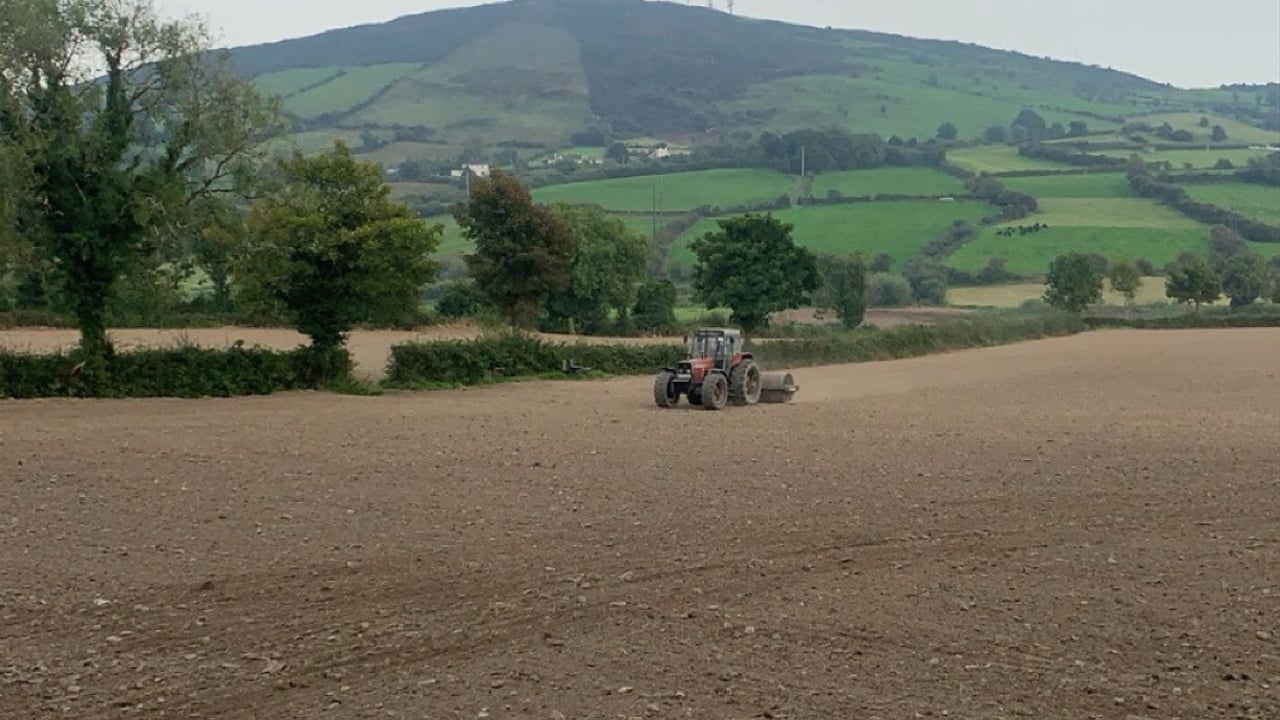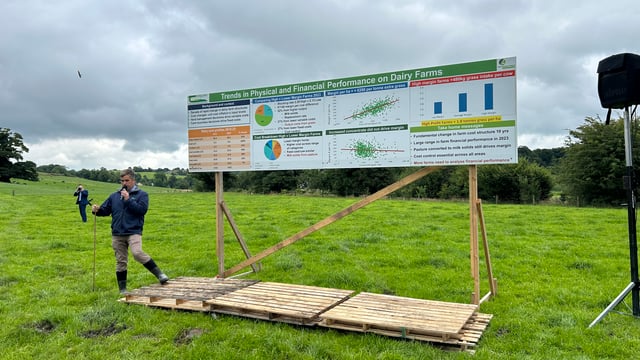Identifying paddocks on the farm for autumn reseeds
Last autumn proved challenging to successfully establish autumn reseeds in most parts of the country, as a result of prolonged wet weather conditions.
Despite this, most farmers have a preference for reseeding ground in August or September, with only approximately one-third of reseeding occurring in the months of April or May, according to Teagasc.
Now is a good time to assess grassland performance and identify fields which would respond well to an autumn reseed.
Before identifying if a reseed is necessary, farmers should first consult their soil-test analysis results and identify if the problem of reduced grass growth may be soil fertility linked.
An optimum soil fertility is index three for phosphorus (P) and potassium (K) and a soil pH of between 6.3 and 6.5. In peat soils, a soil pH of 5.3 -5.8 is sufficient.
If ploughing, another soil sample should be taken six months after the reseed to check that soil fertility hasn’t changed significantly since ploughing.
Some paddocks on the farm which have not been reseeded in a long time may have become dominated by less-desirable grass species and a reseed offers the opportunity for farmers to incorporate clovers and multi-species swards (MSS) into their systems.
These swards are less dependent on chemical fertiliser and work well in many farm systems.
Alternatively, a Perennial Ryegrass (PRG), white clover mix is also a popular option. Farmers should first determine if the prime use of the field being reseeded will be silage or grazing and then determine the best seed mix from there.
Most companies selling grass seed will be able to advise farmers on a suitable mix for their reseed or else, farmers can use the Pasture Profit Index (PPI) to identify a suitable seed mix for their farm.
When a paddock has been identified for reseeding, the next step is to identify the reseeding method. Some paddocks may benefit from ploughing but in other cases, ploughing may not be necessary.
The table below from Teagasc outlines some of the dos and don'ts for the different methods of reseeding:
| Reseed method | Dos | Don'ts |
|---|---|---|
| Ploughing | - Shallow plough; - Develop a fine, firm and level seedbed. | - Plough too deeply (>15cm); - Cloddy, loose seedbed. |
| Discing | - Graze tight; - 2-3 passes in angled directions; - Apply lime. | - Drive with a fast forward speed; - Uneven seedbed. |
| One-pass | - Graze tight, apply lime; - Slow forward speed at cultivation. | - Drive with fast forward speed; - Rough, patchy seedbed. |
| Direct drill | - Graze tight, apply lime and slug pellets; - Wait for moist ground conditions (slight cut in ground). | - 'Trashy' seedbed; - No seed / soil contact; - Use when ground is dry and hard. |
The aim for autumn reseeds should be to have the ground reseeded before the first week in September.
When reseeding is delayed until later in September, the risk of poor germination due to falling soil temperatures and deteriorating soil conditions makes it more challenging to establish a good reseed.
If discing or power harrowing, the ground should be left to sit for three weeks from spraying off until tilling the ground.
If ploughing, sowing can take place as soon as 10 days after spraying, according to Teagasc.
Where long grass is sprayed off, it can create a lot of surface thrash which can make it more difficult to create a good seedbed. Grazing ground identified for reseeding tightly before spraying off will generally solve this.
When the grass is at the 2-3 leaf stage which is usually five to six weeks after sowing, the post-emergence weed spray can be applied.
In the autumn, docks and chickweed are two weeds that can cause particular issues so using a spray that is effective against these weeds is advisable.
Where clover has been included in the mix, a clover-safe spray should be used.
Autumn reseeds should be grazed ideally before the first winter. The new reseed can be grazed as soon as the plants do not pull out of the ground which is generally a grass cover of approximately 700-1,000kg DM/ha.
Calves or young stock are a good option for the first grazing or some farmers prefer to allow store lambs to graze off the reseed.





